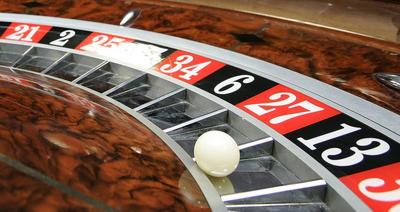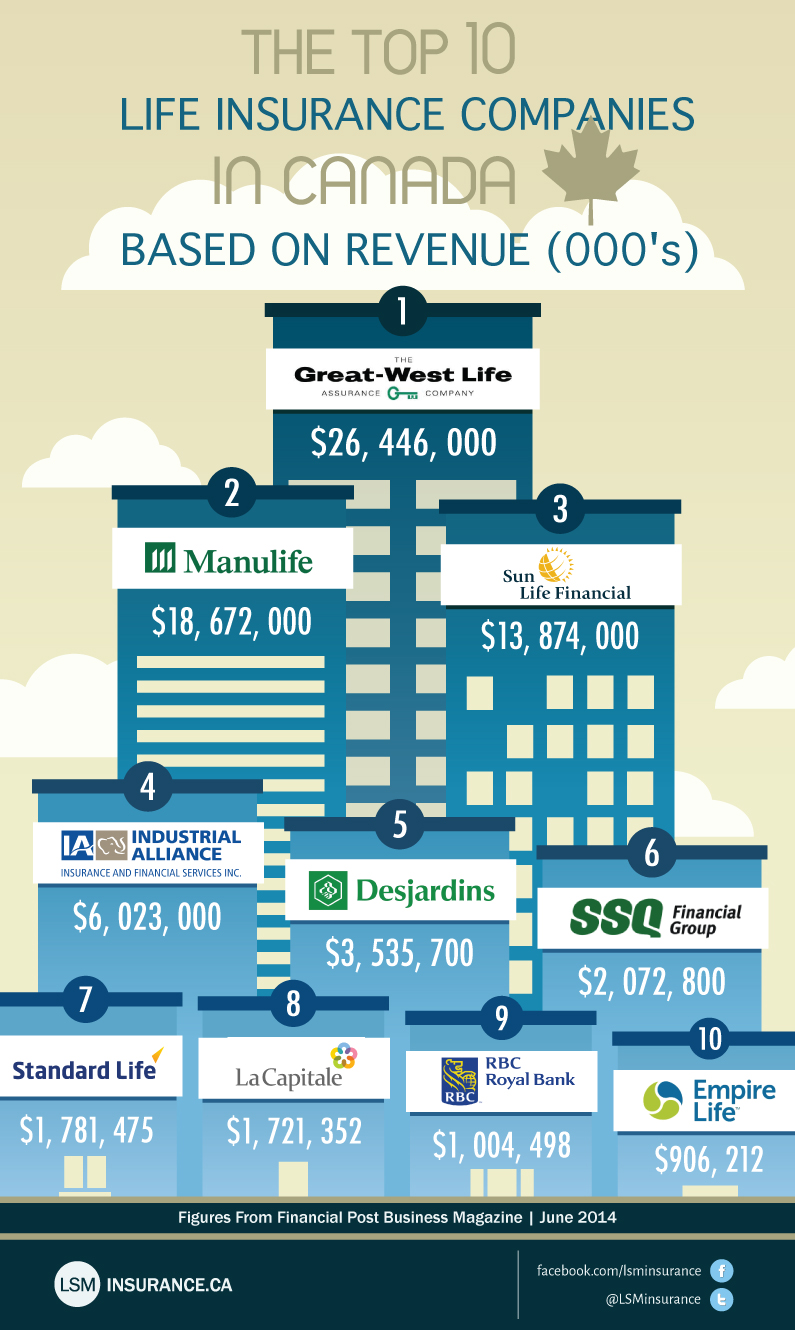How Much Money Do Casino Owners Make A Year
Sheldon Adelson is the CEO and chairman of casino company Las Vegas Sands. He owns more than half of the $14 billion (sales) gambling empire, which has casinos in Las Vegas, Singapore and Macao. It varies widely from property to property, as does the 'average' for the area based upon what you include in the statistical universe. In example, in the fourth quarter of 2006, Wynn averaged a 'win' of $256 per machine per day, while Fitzgerald's was at $81 per machine daily. The last figure I saw for Clark County was an average of some $145 per machine per day (year-end 2005 I believe), but.
Sep 27, 2020 The average salary for a Restaurant Owner is $492,531 per year in United States. Learn about salaries, benefits, salary satisfaction and where you could earn the most. Money flowed out of Nevada casinos for another decade, and the fight for skim-money was fierce between the US Government trying to stop it and Mob families’ trying to control it. “Lefty” Rosenthal was blown up in his car in October of 1982. He lived but left Las Vegas for good in 1987 after being added to the Black Book.
During my recent visit to the horse track, a stranger asked me, “where does the purse money come from to pay the winning horse? I had an idea but wanted to be sure, so I decided to do some research to find out.
The money bet at a track is used to calculate the purse money, including onsite, online, and simulcast bets. If the course has an accompanying casino (racino), some of the gaming profits from the casino are added to the purse.
Money from gambling on races provides the majority of the purse money. However, there are a lot of variables that go into the calculations and payouts.
What is a horse racing purse?
In the context of horse racing, the term purse refers to the total amount of money dedicated to being paid out to the top finishers of a particular race regardless of the conditions of the competition.
Purse size varies by track and by the quality of the horses entered in the race. Track commissioners and State regulations strictly govern purse distribution.
Sources for the purse money.
The track administration develops a purse structure or “purse contract.” The contract is based on the previous season’s total wagers; it establishes the money available for each race in the upcoming racing season.
A percentage of the purse goes to the top finishers. The amounts paid out to the top finishers vary slightly depending on the State and the track where the competition is held.
The highest percentage of a person wager that goes to the purse is from live on-track wagering. Generally, 7.25% of a live-on-track bet goes to the horseman’s purse.
The second highest contributor to the prize money is from Advance Deposit Wagering (ADW). Simulcast wagering follows, then the smallest percentage paid into the purse money comes from online wagering.
In place of live wagering, gamblers can also place wagers off-track via the Advance Deposit Wagering platform. Once the money is deposited into an account for the adventurer, he can place bets.
The player can make his wager in person, online, or by phone; 4% of the net revenue is applied to the horseman’s purse when this method is used.
When a person makes a simulcast wager, the horseman’s purse receives a considerably lower percentage, 1.5%. The lower percent is necessary because net revenues from the bet are split 50-50.
For example, if you are at Santa Anita and decide to wager on a race running at Los Alamitos, Santa Anita will divide its profit evenly. The resulting payment is considerably less than the amount received if the bet was made at Los Alamitos, the race site.
Many people these days use online sites to gamble on racetracks from the comfort of their homes. What percentage of the wagers are going to the purses is tough to determine with any certainty.
But from my research, it’s a tiny percentage because each site has different arraignments concerning reporting and gaming with the States and the individual tracks.

The horseman and the tracks have not been happy with the way technology affects the gambling wager percentages applied to the purse. However, this cuts both ways.
Although online wagering does supply the lowest rate to the purse, it also increases access to racetrack gambling to many people who otherwise would be unable to gamble.
Regardless, racetracks consider the offsite gaming site to have an unfair advantage over them. “Wagering providers that don’t conduct live racing do not support a purse structure, giving them an unfair operating advantage over racetracks,” said Corey Johnsen, President of Kentucky Downs.
- On Track wager——————- 7.25% of the amount wagered to purse
- Advanced Deposit Wagering—–4% of the amount wagered to purse
- Simulcast wager——————-1.5% of the amount wagered to purse
- Online betting—The lowest percentage and variable in some cases zero.
If you are interested in learning more about the basics of betting on horse racing, then check out this article.
How is the purse money split between the horses?
The winner cannot take all! In 1975 Florida introduced a revolutionary pay payout system. This system changed the old way of paying the race finishers and ensured a payment to all finishers.
They allocated 1% of the purse to horses that finished the race lower than fourth. The amounts paid out vary based upon the number of horses entered in the competition.
More horses are finishing a race below fourth in a 12 horse race versus a six-horse competition.
For example, if a race had twelve starters, 60% of the purse went to the winner, 18% to second, 10% to third, 4% to fourth, and 1% each to fifth through twelfth; with only six starters, the winner received the same 60%, but 20% went to second, 13% to third, 5% to fourth and 1% each to fifth and sixth.
The basic premise of this payout method is used at most tracks in various degrees. For instance, in 2018, New York changed its payout to 55% to the winner, but 20% to second, 12% to third, 6% to fourth, 4% to fifth, and the remaining 3% to be divided equally among the other finishers.
Florida’s payout method has helped improve the racehorse industry to gain better horses entering and ensuring that all will get some money.
Some Races have Their Particular Payout Structure.
The Kentucky Derby, for example, only paid the top four finishers from 1915-2004; before 1915, they only paid the top three finishers. Today the Derby pays the top five finishers. The Belmont Stakes pays out purse money to the first eight finishers.
The Breeders Cup changed their payout system in 2016, increasing the number of purse-earning runners from five to eight, the sixth-, seventh-, and eighth-place finishers each receiving 1% of the purse. Click this link to learn more about Stakes races.
Today most of the 33 US states that conduct thoroughbred racing payout to all horse entries. Currently, ten states only pay the top five finishers.
Three states use various payouts with added money, starter money, etc., resulting in some tracks paying all entries and others that don’t. This information was courtesy of https://wikipedia.org/wiki/Purse_distribution

How much of the purse money is paid to the Jockey?
The Jockey receives 10% of the winnings of the horse he rides. If the purse is $10,000.00, how much would the Jockey be paid?

That depends. Let start with a quick example: Our Jockey, Bobby, is riding the seven-horse in the fifth race named Assange. They break out of the gates high, take the lead and go wire to wire for the win.
At the track in our example, the payout is the standard rate; 60% of the purse typically goes to the winner, 20% to second place, 10% to third, 5% to 4th, 3% to 5th, and 2% to 6th.
So if the purse is $10,000, the winning horse is paid $6000. Ten percent of that goes to the trainer and 10% to the Jockey. Bobby is paid $600.00 for this race.
Jockeys also receive a base fee for riding a horse regardless of winnings. This payment is called a “mount fee.” Mount fees vary depending on the racetrack and the position of the horse’s finish. Most mount fees range from $75.00-$135.00.
How do horse owners make money?
Horse owners can make money in varying ways; breeding, racing, or buying and selling horses are examples. Racehorse owners make money if their horse runs good enough to receive a portion of the purse.
However, it is most likely they will never make a profit. Many horse owners consider themselves lucky if they make enough money to offset a portion of their expenses.
Many racehorses never even make it into a race, either because they become lame or they are just not fast enough.
If a racehorse owner is lucky enough to have a horse that can make it to race day, its chances of winning remain slim.
However, most horse owners don’t buy a horse expecting to make money (they hope they do). Owners purchase racehorses because they love the horses and the horse business or use this hobby/business for a tax shelter.

How Much Money Do Casino Owners Make A Year Per
Additional Information
How Much Money Do Casino Owners Make A Year Ago
NPR’s sites use cookies, similar tracking and storage technologies, and information about the device you use to access our sites (together, “cookies”) to enhance your viewing, listening and user experience, personalize content, personalize messages from NPR’s sponsors, provide social media features, and analyze NPR’s traffic. This information is shared with social media, sponsorship, analytics, and other vendors or service providers. See details.
You may click on “Your Choices” below to learn about and use cookie management tools to limit use of cookies when you visit NPR’s sites. You can adjust your cookie choices in those tools at any time. If you click “Agree and Continue” below, you acknowledge that your cookie choices in those tools will be respected and that you otherwise agree to the use of cookies on NPR’s sites.